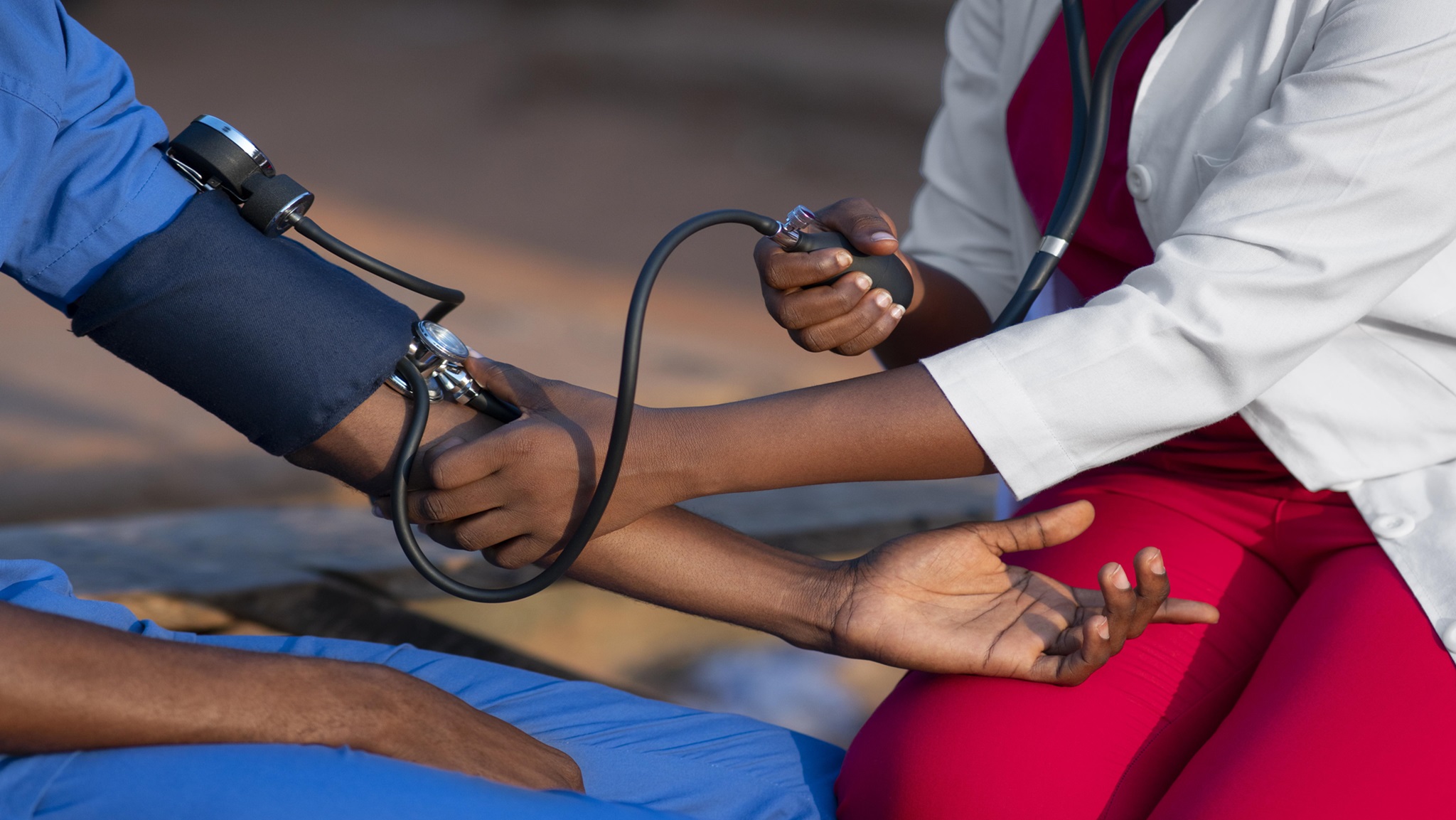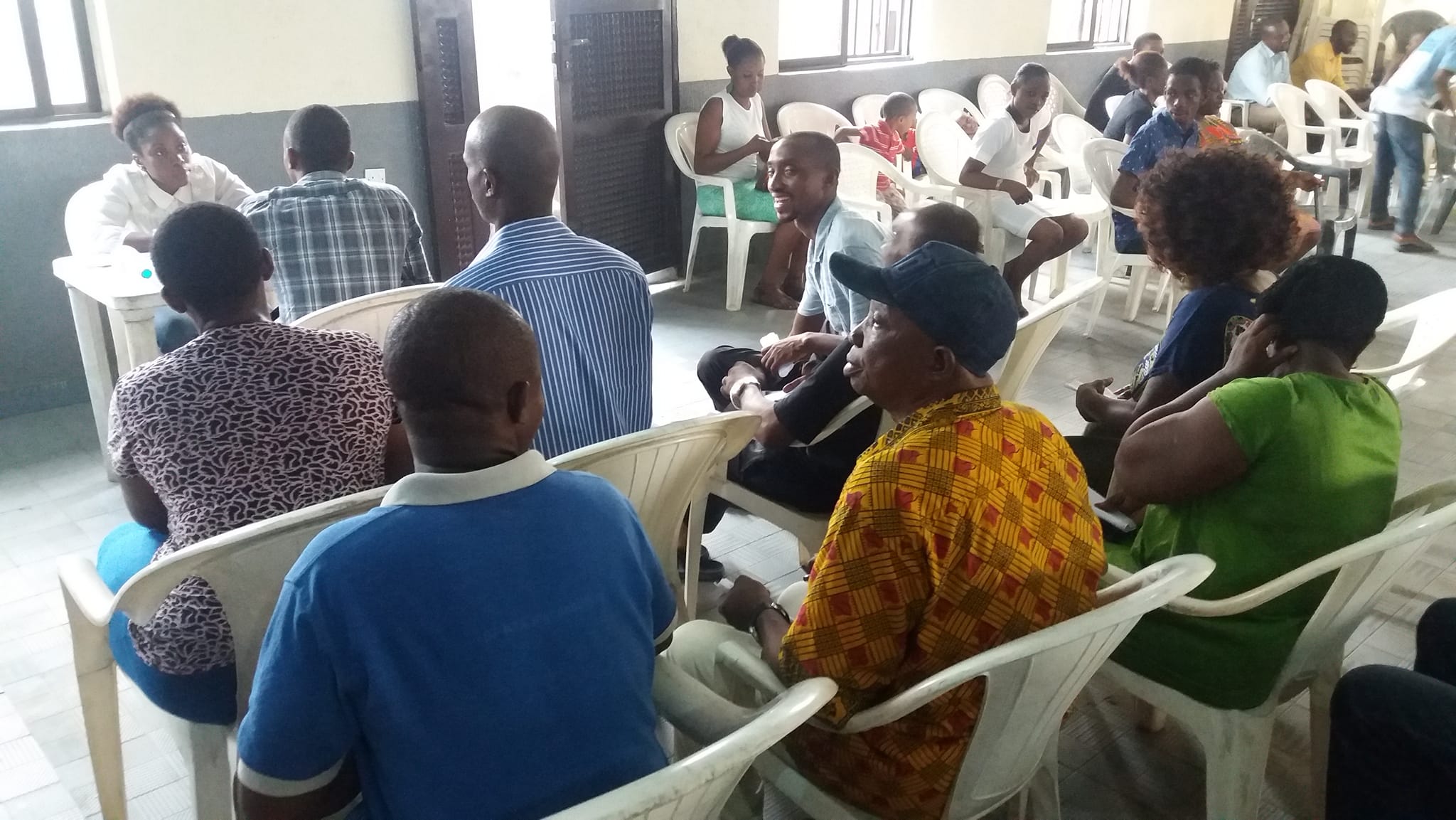PROTECTING COMMUNITIES FROM A SILENT KILLER
Malaria remains one of the most pressing health issues worldwide, particularly in tropical and subtropical regions. Despite significant progress in reducing malaria cases and deaths, it continues to pose a severe threat to millions. Understanding malaria, its transmission, and the measures we can take to prevent and control it is essential for safeguarding communities. This blog post delves into the importance of malaria prevention and control and highlights effective strategies to combat this deadly disease.
Understanding Malaria
Malaria is caused by Plasmodium parasites, which are transmitted to humans through the bites of infected female Anopheles mosquitoes. Once inside the human body, the parasites travel to the liver, where they mature and multiply, eventually infecting red blood cells. This can lead to a range of symptoms, from mild to severe, including fever, chills, headache, muscle pain, and, in severe cases, organ failure and death.
The Global Impact of Malaria
Malaria affects hundreds of millions of people annually, with the majority of cases and deaths occurring in sub-Saharan Africa. Vulnerable groups, such as young children, pregnant women, and individuals with weakened immune systems, are at higher risk. The disease not only causes immense human suffering but also has significant economic impacts, including healthcare costs and lost productivity.
Effective Strategies for Malaria Prevention
Preventing malaria involves a combination of personal protective measures, communitywide interventions, and ongoing public health efforts. Here are key strategies for malaria prevention:
1. Use of InsecticideTreated Nets (ITNs)
What They Are: ITNs are bed nets treated with insecticides that repel or kill mosquitoes.
Why They Work: Sleeping under an ITN can reduce malaria transmission by preventing mosquito bites and killing mosquitoes that come into contact with the net.
Implementation: Ensuring widespread distribution and use of ITNs, particularly in highrisk areas, is crucial.
2. Indoor Residual Spraying (IRS)
What It Is: IRS involves spraying the inside walls of homes with insecticides.
Why It Works: Mosquitoes that rest on treated surfaces are killed, reducing the mosquito population and interrupting transmission.
Implementation: Regular spraying campaigns, especially before peak malaria transmission seasons, can be highly effective.
3. Antimalarial Medications
What They Are: Medications that can prevent malaria infection (prophylaxis) or treat the disease.
Why They Work: Prophylactic medications can be taken by travelers or people living in highrisk areas to prevent infection. Treatment medications cure infected individuals and reduce transmission.
Implementation: Ensuring access to and proper use of antimalarial drugs, particularly in endemic regions, is essential.
4. Environmental Management
What It Is: Reducing mosquito breeding sites by managing water sources and improving sanitation.
Why It Works: Mosquitoes breed in stagnant water. Eliminating breeding sites can significantly reduce mosquito populations.
Implementation: Community efforts to drain standing water, cover water storage containers, and maintain clean environments are key.
5. Health Education and Community Engagement
What It Is: Educating communities about malaria prevention and control measures.
Why It Works: Informed communities are more likely to adopt protective behaviors and support public health initiatives.
Implementation: Conducting awareness campaigns, distributing educational materials, and involving community leaders in outreach efforts.
The Role of Public Health Efforts
Governments, NGOs, and international organizations play a crucial role in malaria prevention and control. Key actions include:
Surveillance and Monitoring: Tracking malaria cases and mosquito populations to identify outbreaks and target interventions.
Research and Development: Investing in the development of new tools, such as vaccines, improved diagnostics, and more effective insecticides.
Funding and Resources: Securing adequate funding to support malaria control programs and ensure the availability of necessary resources.
Conclusion
Malaria prevention and control require a multifaceted approach that combines individual actions, community efforts, and robust public health strategies. We can significantly reduce the burden of malaria by utilizing tools like insecticide-treated nets, indoor residual spraying, antimalarial medications, and environmental management. Health education and community engagement are vital for ensuring that these measures are widely adopted and sustained.
Together, we can protect vulnerable populations, reduce malaria transmission, and move closer to a malaria-free world. Let’s commit to taking action and making a difference in the fight against this deadly disease.
Bring to the table win-win survival strategies to ensure proactive domination. At the end of the day, going forward, a new normal that has evolved from generation X is on the runway heading towards a streamlined cloud solution.



